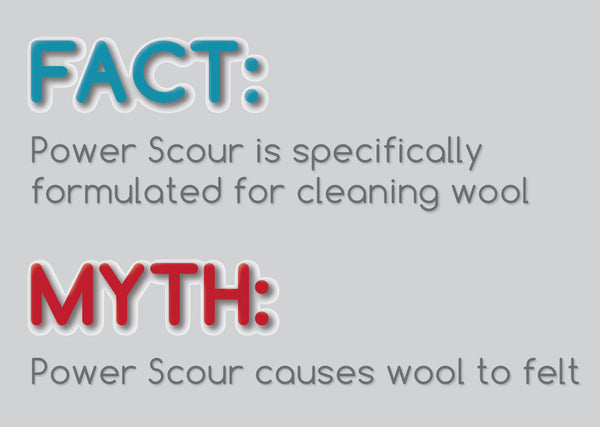Felting Prevention: protecting your delicate wool knits

Felting (also known as fulling) occurs when wool is WET and exposed to one or more of the following:
1. High Temperature
2. Alkaline
3. Agitation
TEMPERATURE
Recommended water temperatures are usually cool, luke-warm, or tepid. For me, these weren’t specific enough and I like to know exactly what I should be doing. More specifically, it means that the water temperature should be close to body temperature, which is 98.6°F or 37°C.
In general, wool knits are safely washed between 86-104°F (30-40°C). Depending on how soiled and how fragile your knit is you can choose a temperature in this range rest-assured that the temperature will not cause felting.
I usually aim for something around 90-95 °F with wool that is not machine-washable. The warmer the water the more thorough the cleaning will be. I think this is a good balance between erring on the side of caution yet also being warm enough to get clean.
Wool that is machine washable is a little more resilient; I generally use warmer water at 100-104º F to clean this since it can easily withstand the temperature and as I mentioned, the warmer the water the more thorough the cleaning.
If you don’t have a thermometer, use your hand and settle on a temperature that feels like it would be a comfortable bath temperature for a child.
ALKALINE
Alkaline means basic or having a pH >7. Soap is usually alkaline and will open the scales on the wool fibers, increasing the risk of felting.
It’s important to use a non-alkaline detergent rather than soap to be safe. Important; you don’t need very much wool wash at all. Follow the recommended amounts even if it seems like a tiny amount. You don’t want to over do it and create an alkaline bath for your wool.
AGITATION
We all know what agitation is but what degree of agitation do we want to avoid? Basically avoid any unnecessary friction created by the water, your hands, or fiber-to fiber-rubbing.
Things to keep in mind include; not letting the water from the faucet run directly over the wool, not swishing the wool around in the water (think submerge and gently lifting and squeezing instead) and never rubbing the wool between your hands or fingers (pinch or squish stains but DO NOT rub them). Avoid machine-washing hand-knits. Some people are brave enough to use the wool cycle on their machines but use at your own risk and don’t machine-dry. More on washing your wool here.





